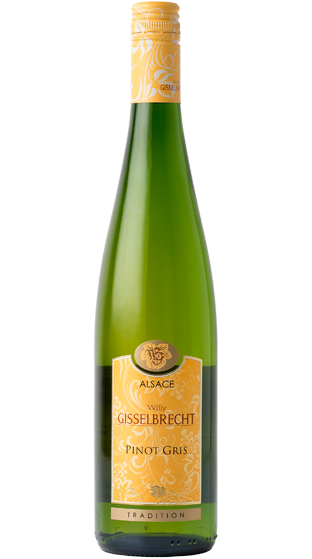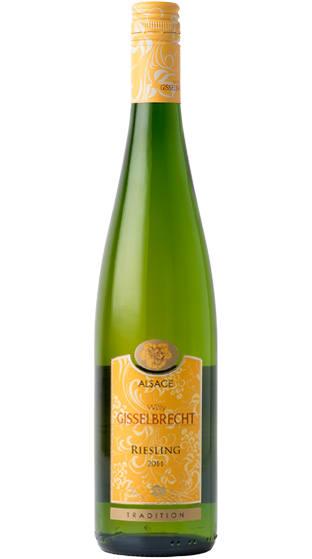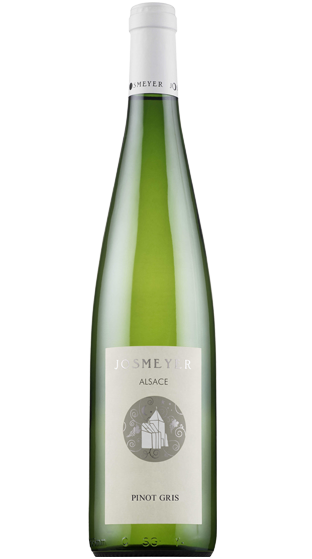
Spiritual home of the aromatic expression, this battle-scarred region of overwhelming beauty is home to some of France’s most profound wines
Nestled between the Vosges mountains and the river Rhine, Alsace is in many ways both one of the most unique and picturesque jewels in the crown of French wine.
The history here is complicated to say the least. Between France, the Holy Roman Empire and Germany the region has been carved up, reunited, and annexed by sword, gun and paperwork several times before finally returning to the French fold in the Treaty of Versailles.
As you’d expect from hundreds of years of turmoil like that the effects have been profound. Much of the architecture is quite unique for France, with concessions granted by Louis XIV to the locals including the preservation of the old, fire prone but gorgeous half-timber houses. Walking the cobbled streets of Alsatian towns can be breathtaking as a result, whether it be up the steep lanes of Riquewihr, beside the canals of La Petite Venice in Colmar or beneath the Gothic spires of the Cathedrale Notre-Dame-de-Strasbourg.
The food here is also a delicious fusion of French and German cuisine. Tarte flambee (or Flammekueche for those of more German sensibilities) is a particular favourite; a sort of thin, rectangular version of pizza with bacon, onion and sour cream in place where the Italians would use tomato and cheese.
This Franco/Germanic combination works especially well in the world of wine, which is itself a key part of the region’s history and economy. Here you will find some of the finest examples of aromatics that are made anywhere, and happily for our New World sensibilities the varietals are even right there on the front label. Take that Burgundy!
The Vosges range shields from both wind and rain, providing the long, narrow winegrowing region a sunny continental climate and protection from the worst ravages of weather. Soils in Alsace are also extremely varied as a result of tectonic shift and the movement of glaciers, ranging from sandstone and granite to limestone and clay, sometimes in the space of just a few hundred metres.
Pinot Noir is grown and vinified in its own right as a still red, as well as often being blended into the local sparkling, Cremant d’Alsace. But it is white wine that is truly king in this cool climate region, making up over 90% of total production.
Riesling and Gewurztraminer are grown here - in fact the only region in France where that is the case in any significant quantity. Some lesser known varieties including Pinot Blanc, Muscat and Sylvaner also have a home in Alsace, but it is Pinot Gris that is probably the most recognisable to Kiwi wine aficionados. In contrast to Alsatian Riesling, that is typically steely and dry, the Pinot Gris is usually rich, unctuous and mouthfillingly moreish.
Above (in both a literal and a metaphorical sense) the general Alsace AOC sit the Grand Cru vineyards. There are 51 of these, but they contribute just 5% of total production. These climats may not have the name recognition or cachet of Richebourg or Chambertin, but that means they don’t have the same stratospheric pricing, and so most Alsace Grand Cru remain within wallet reach of mortal man.





 DELIVERY
DELIVERY
 STORES WITH STOCK
STORES WITH STOCK





 DELIVERY
DELIVERY
 STORES WITH STOCK
STORES WITH STOCK





 DELIVERY
DELIVERY
 STORES WITH STOCK
STORES WITH STOCK